"Revealing Ryugu: The Target Of The Hayabusa2 Mission"

Introduction
When it comes to asteroid missions, the Japanese Aerospace Exploration Agency's (JAXA) Hayabusa2 project is currently one of the most exciting. Its target? The asteroid Ryugu, which will provide insight into the formation of our solar system and clues about the origins of life on Earth. In this article, we'll delve into what we know so far about Ryugu and the Hayabusa2 mission.
The Asteroid Ryugu

Origins and Characteristics
Ryugu is a near-Earth asteroid, meaning that its orbit around the sun is close to that of Earth's. It was discovered in 1999 and named after an underwater palace from a Japanese folktale. Ryugu is approximately 1 kilometer in diameter and has a dark, rocky surface.
Mission Goals
The Hayabusa2 mission aims to collect samples from Ryugu and bring them back to Earth for analysis. By studying the materials that make up Ryugu, researchers hope to gain insights into the early stages of our solar system's formation and the chemical processes that led to the development of life on Earth. Additionally, the mission will study Ryugu's surface features, such as craters and boulders, to better understand the asteroid's composition and history.
Hayabusa2 Spacecraft
The Hayabusa2 spacecraft was launched by JAXA in 2014 and arrived at Ryugu in 2018. It is equipped with a range of instruments, including cameras, spectrometers, and a sampler horn, which will be used to collect and study samples from the asteroid's surface. The spacecraft is expected to return to Earth with its samples in late 2020.
The Hayabusa2 Mission
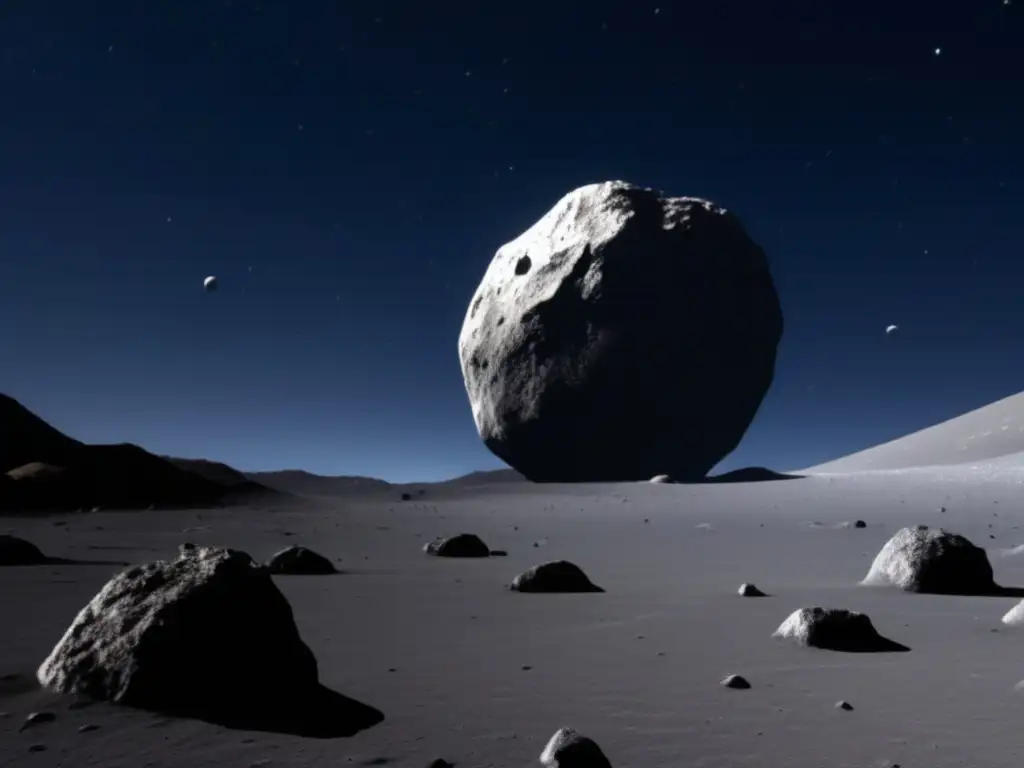
Observations and Measurements
Since arriving at Ryugu, the Hayabusa2 spacecraft has been conducting a variety of observations and measurements to better understand the asteroid and prepare for the sample collection process. These activities have included taking high-resolution images of the asteroid's surface, measuring its gravitational field, and deploying small rovers to explore its terrain.
Sample Collection
In February and July of 2019, the Hayabusa2 spacecraft successfully collected samples from Ryugu's surface using its sampler horn. The samples were collected from two different locations on the asteroid and are expected to provide valuable insights into its composition and history. The spacecraft also fired a projectile into Ryugu's surface to create a crater, which will allow researchers to study the asteroid's subsurface materials.
Return to Earth
The Hayabusa2 spacecraft is expected to depart Ryugu in November 2019 and return to Earth with its samples in late 2020. It will release a capsule containing the samples, which will be retrieved by JAXA and transported to a laboratory for analysis.
Potential Impacts

Scientific Advances
The data and samples collected by the Hayabusa2 mission are expected to lead to significant scientific advances in our understanding of the early solar system and the processes that led to the development of life on Earth. The mission may also provide insights into the potential use of asteroid resources for space exploration and colonization.
Technological Innovations
The Hayabusa2 mission has already demonstrated several technological innovations, such as the deployment of small rovers and the successful collection of samples from a near-Earth asteroid. These advances may have applications in future space missions and could lead to new discoveries and breakthroughs.
Public Awareness
The Hayabusa2 mission has captured the public's imagination and generated interest in space exploration and asteroid science. It provides an opportunity to educate the public about the importance of scientific research and the wonders of the universe.
Frequently Asked Questions
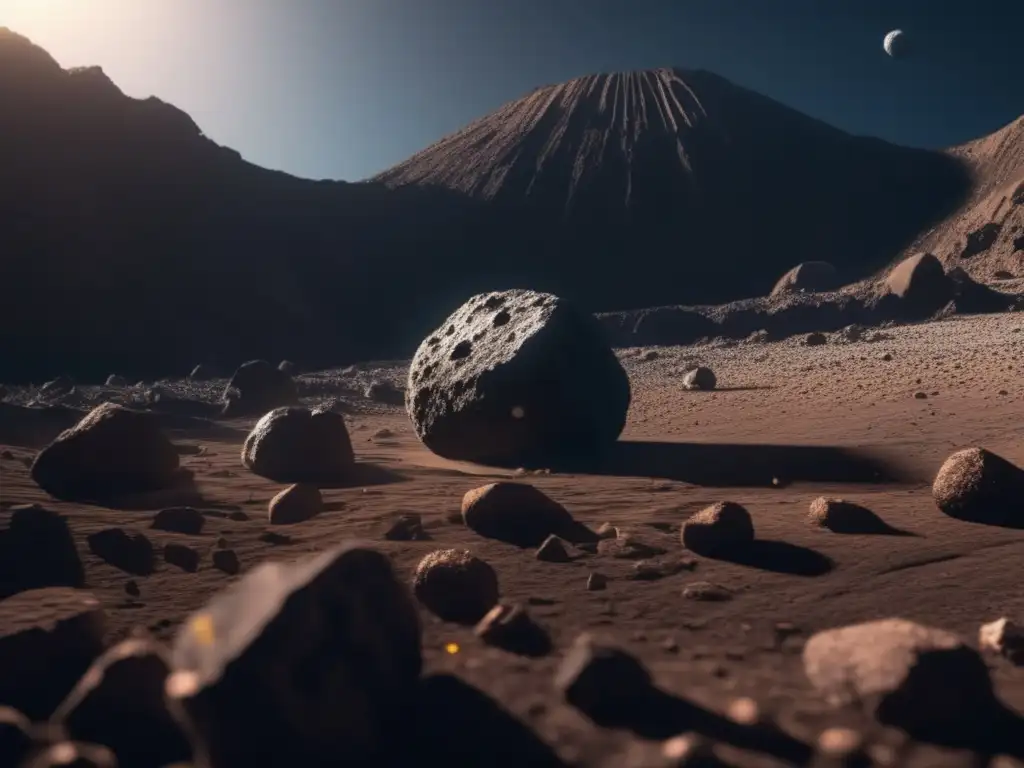
-
What is the Hayabusa2 mission?
The Hayabusa2 mission is a project by the Japanese Aerospace Exploration Agency (JAXA) to collect samples from the near-Earth asteroid Ryugu and bring them back to Earth for analysis.
-
Why is Ryugu important?
Ryugu is important because it is a relic from the early solar system and contains materials that can provide insight into its formation and the processes that led to the development of life on Earth.
-
What instruments does the Hayabusa2 spacecraft have?
The Hayabusa2 spacecraft is equipped with cameras, spectrometers, and a sampler horn for collecting samples from Ryugu's surface.
-
When will the Hayabusa2 spacecraft return to Earth?
The Hayabusa2 spacecraft is expected to return to Earth with its samples in late 2020.
-
What are the potential impacts of the Hayabusa2 mission?
The Hayabusa2 mission could lead to significant scientific advances, technological innovations, and public awareness about space exploration and asteroid science.
Conclusion
The Hayabusa2 mission to Ryugu represents an exciting opportunity for scientific research and technological innovation. By collecting samples from the asteroid's surface, researchers hope to gain insights into the early solar system and the origins of life on Earth. Additionally, the mission has generated public interest in space exploration and asteroid science. We look forward to the results of this groundbreaking mission.
If you have any thoughts or comments, please leave them in the comments section below. Don't forget to subscribe for more asteroid news and updates from Asteroid Realm!
Additional Resources
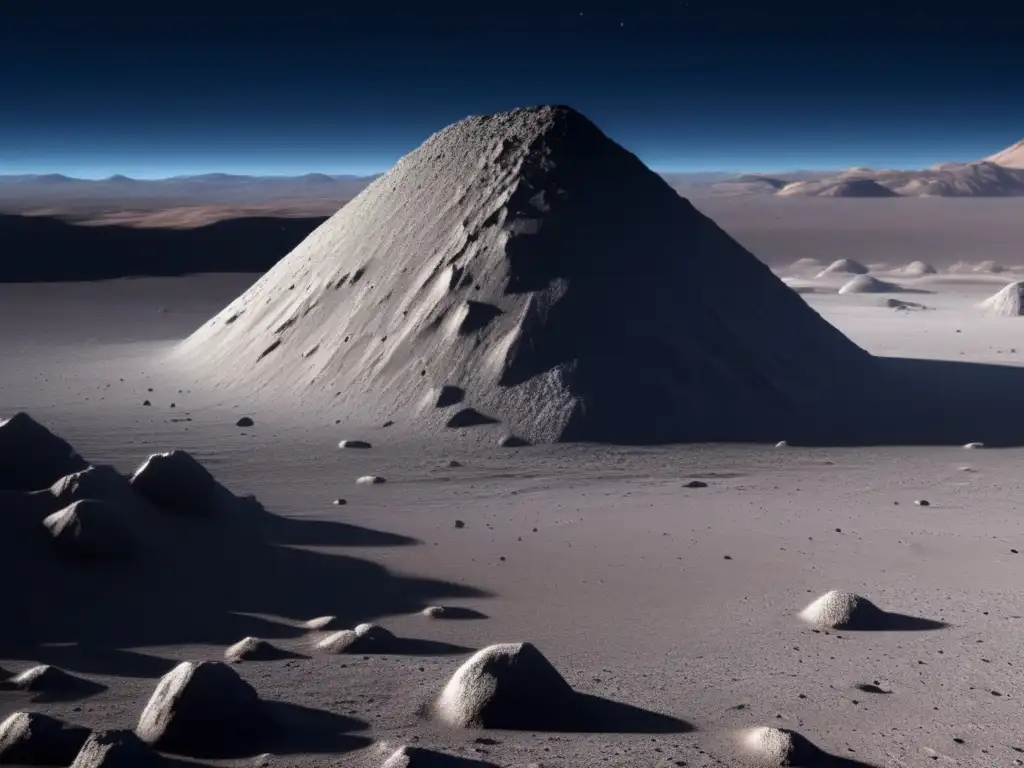
- JAXA Hayabusa2 Mission Website
- NASA Ryugu In-Depth Information
- Nature Article on the Hayabusa2 Mission
 "The Curious Case Of Asteroid (29075) 1950 DA"
"The Curious Case Of Asteroid (29075) 1950 DA"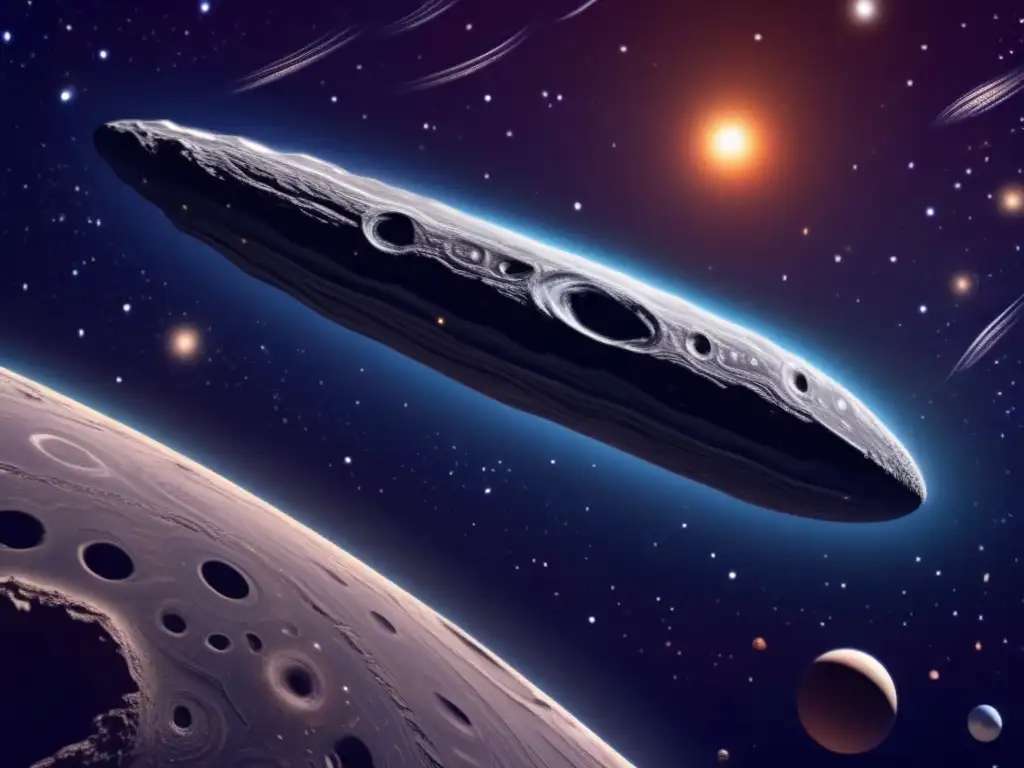 The Tale Of 'Oumuamua: An Interstellar Visitor
The Tale Of 'Oumuamua: An Interstellar Visitor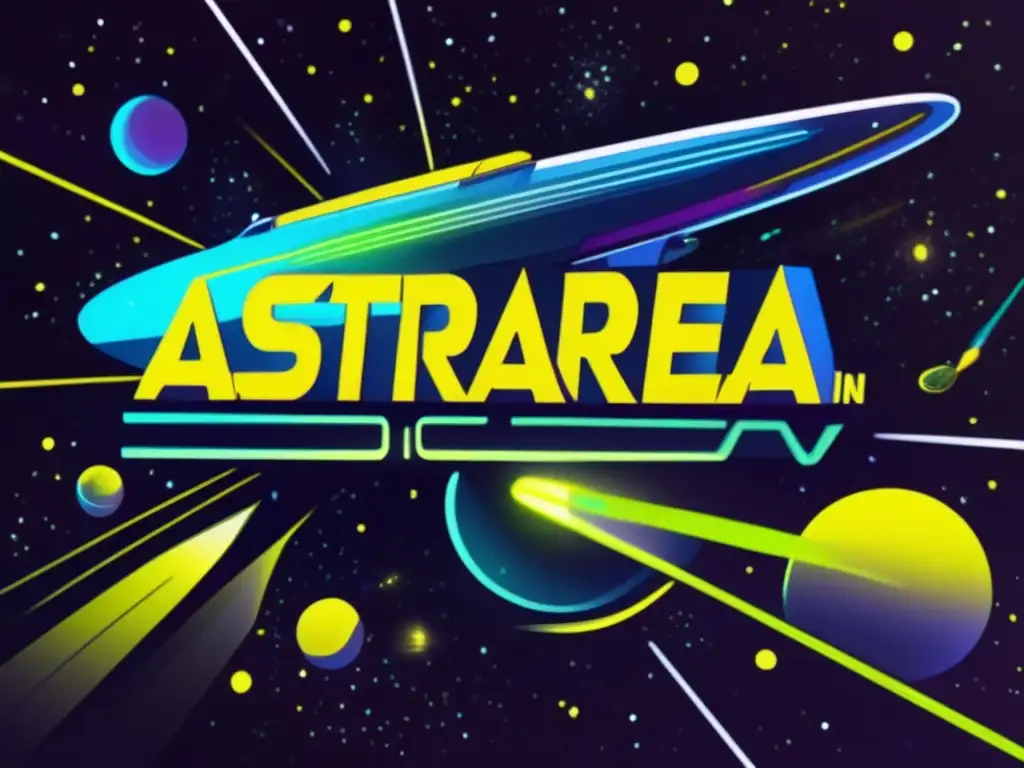 Astraea: A Breakthrough In Asteroid Discovery
Astraea: A Breakthrough In Asteroid DiscoveryIf you want to discover more articles similar to "Revealing Ryugu: The Target Of The Hayabusa2 Mission", you can visit the Asteroid Discoveries category.
Leave a Reply

Articulos relacionados: